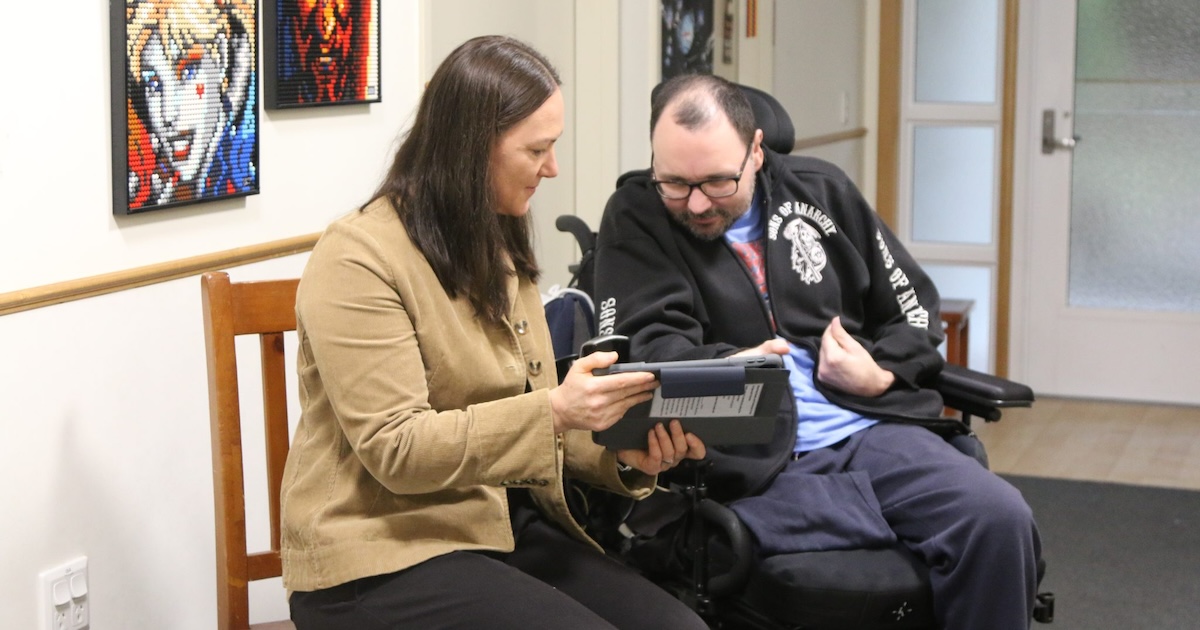In the sixth episode of the HIMSS Australia Digital Dialogue Series, hosted by Tim Kelsey, Senior Vice President, HIMSS Analytics International, guest speakers Daniel McCabe, First Assistant Secretary - Provider Benefits Integrity, Australian Department of Health, Mark Kinsela, Chief Executive Officer, Pharmaceutical Society of Australia, Peter O’Halloran, Chief Information Officer, ACT Health and Paul Lancaster, Australian Alliance Lead, Commvault discussed the state of digital health developments at the Australian Capital Territory and the ongoing challenges of interoperability of data.
DIGITAL HEALTH DEVELOPMENTS AT ACT
In the context of the COVID-19 pandemic over the last six months, McCabe, who handles digital health policy at the federal level, said that their focus was to look at what they can do to support primary care (areas such as general practice, community care and pharmacy) in Australia. In March, the Australian government opened up arrangements to allow citizens to engage with their doctors virtually, which opened up lots of opportunities and challenges in terms of how the health system is digitally enabled.
“There’s a whole leap of challenges about what has been historically paper-based in how patients are supported in Australia – how do we take advantage of the investment made in digital? This would be in areas like access to health records, referrals for testing or specialist visits,” said McCabe.
One area of focus was around the prescription of medicines – up till late last year, all medical prescriptions required a written document for medicines to be dispensed by pharmacists. A legislation was introduced late last year in the digital conformance framework to start the move to allow prescriptions to be done digitally. Electronic prescribing has been used in areas that have been heavily impacted by the COVID-19 pandemic.
O’Halloran said that ACT is in the process of moving towards a modern and updated healthcare infrastructure, with plans to roll out the EPIC EMR in two years’ time. “Historically, ICT in hospitals has been seen to doing things to the patient and staff, rather than with them and for them. And one of the largest benefits over the last two to three years when we’ve been transforming our services is that we are completely engaging our healthcare consumers. We know them, and they know us and we can actually plan services together,” he elaborated.
As alluded by several speakers from the earlier episodes, O’Halloran said that the pace of innovation with COVID-19 has been extraordinary but the challenge is to maintain that pace and maintain the benefits from it.
Agreeing with McCabe’s earlier point, Kinsela said that paper-based prescription was critical in how the health system was built and regulated in Australia, and there was no modality in the community to get a digital prescription to a pharmacist for medicine to be dispensed to a patient after they have seen a clinician.
A digital image prescription system was created and considered legal to be used as an interim measure, and during the peak of the pandemic, Kinsela said he was getting reports from pharmacists that 85% of their prescriptions were coming through electronically compared to 100% of their prescriptions being previously dispensed in a physical manner.
APPROACHING INTEROPERABILITY AND ITS CHALLENGES
Kelsey posed a question on the priorities of interoperability in Australia – Lancaster observed that one of the challenges is how to utilize information across different vendors from a larger data lake for better predictive insights and improved patient experience.
“The challenge is how do we adopt national interoperability standards and actually enforce them?” responded O’Halloran. Interoperability has to be compulsory as long as the patient gives consent and it simply cannot be an ‘add on’ or choice anymore. “If everyone shares data with each other, whether it be specialists, GPs, hospital systems and the like, that will have a radical difference on patient outcomes. Things will move faster, patients will have less invasive procedures and it will also make the healthcare system a lot more sustainable,” he summarized.
McCabe explained that historically, people are afraid of the significant uplifting in investment to solve ongoing challenges so his approach is to pick smaller, specific problems to solve rather trying to solve big ones. He emphasized that there is no silver bullet and the government is looking at how to solve problems here and now, while furthering the interoperability agenda for the longer term.
